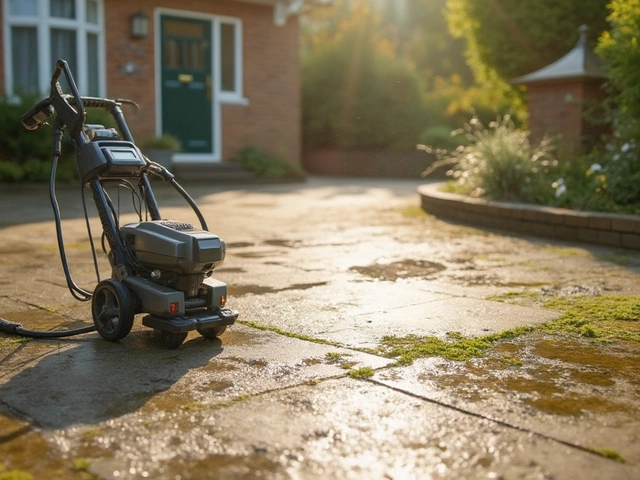Landlord Cleaning Charges: What Every Landlord Needs to Know
When dealing with landlord cleaning charges, the fees a landlord incurs to clean a rental property between tenancies. Also known as rental cleaning fees, it covers the cleaning of kitchens, bathrooms, carpets and more. Understanding these charges helps you protect your deposit, keep tenants happy and stay within legal limits.
One of the biggest drivers behind the amount you pay is wear and tear expenses, the natural decline of a property’s condition through ordinary use. This isn’t about damage you can blame on a tenant; it’s the gradual dulling of paint, buildup of limescale, and minor carpet wear. Landlord cleaning charges often include a portion of these costs because a clean property looks less worn, which can lower the perceived need for major repairs.
Another key piece of the puzzle is the cleaning service cost, the price you pay a professional cleaning company to deep‑clean a property. Rates vary by size, level of grime, and whether you need eco‑friendly products. Accurate budgeting means breaking down the cost per room, adding any extra fees for appliances like ovens, and comparing quotes. Knowing the exact service cost lets you set realistic expectations for both yourself and your tenants.
Don’t forget cleaning staff pay, the wages you pay a cleaning lady or crew for their time and labor. This can be a flat fee or hourly rate, and it often includes travel expenses. In the UK, typical rates range from £10‑£15 per hour, but you’ll also need to factor in insurance and any equipment they bring. When you add staff pay to the overall cleaning budget, you get a clearer picture of the total charge.
Key Factors Behind Landlord Cleaning Charges
First, the condition of the property at the start of a tenancy sets the baseline. A well‑maintained home with regular mini‑cleans will need less intensive work later, keeping charges down. Second, the length of the tenancy matters – shorter stays usually mean more frequent turnovers and higher cleaning frequency. Third, local regulations can influence what counts as reasonable cleaning. For example, the UK tenancy deposit scheme outlines what deductions are lawful, so staying within those rules protects you from disputes.
Health and safety is another hidden cost. If you skip proper cleaning, you risk mold, pests and even fire hazards from built‑up grease. Professional cleaners use certified products that meet safety standards, which can reduce liability and insurance premiums. In short, investing in thorough cleaning now can save money on future claims.
When it comes to budgeting, break the total charge into three clear buckets: wear and tear, service cost, and staff pay. This structure mirrors the semantic triple “Landlord cleaning charges require accurate cleaning service cost calculations” and helps you track each component separately. Over time you’ll see patterns – perhaps a particular property incurs higher limescale removal costs, signalling a need for better water softening.
Many landlords also choose to include a cleaning clause in their tenancy agreement. By spelling out the expected level of cleanliness and the amount that may be deducted from the deposit, you avoid surprise arguments at the end of the lease. Clear communication, backed by a written clause, gives tenants a roadmap and lets you enforce the charges fairly.
If you run multiple properties, consider negotiating bulk rates with a cleaning company. Large contracts often fetch discounts, and the same crew becomes familiar with your properties, speeding up the job. This ties back to the semantic link “Wear and tear expenses influence landlord cleaning charges” – fewer repairs = smoother cleaning cycles = lower overall fees.
Finally, keep records of every cleaning invoice, receipt and before‑and‑after photos. Documentation is your safety net if a tenant disputes a deduction. It also helps you refine future budgets, because you can compare actual costs against your estimates and adjust the three‑bucket model accordingly.
By now you should see how wear and tear, service costs and staff wages interlock to shape landlord cleaning charges. The articles below dive deeper into each area – from DIY oven cleaning tips that can cut professional fees, to detailed breakdowns of cleaning service pricing and advice on handling deposit deductions. Explore the collection to arm yourself with practical insights and keep your rental business running smoothly.





